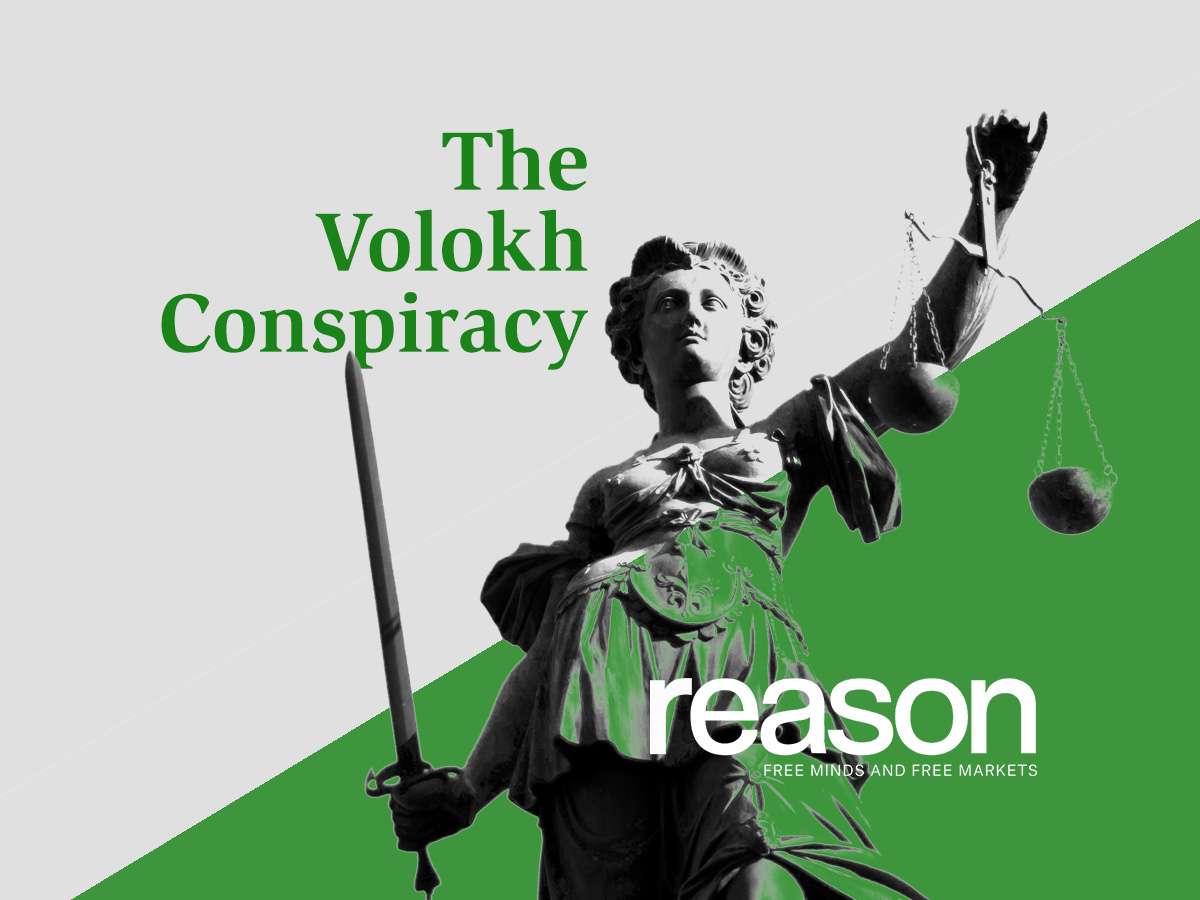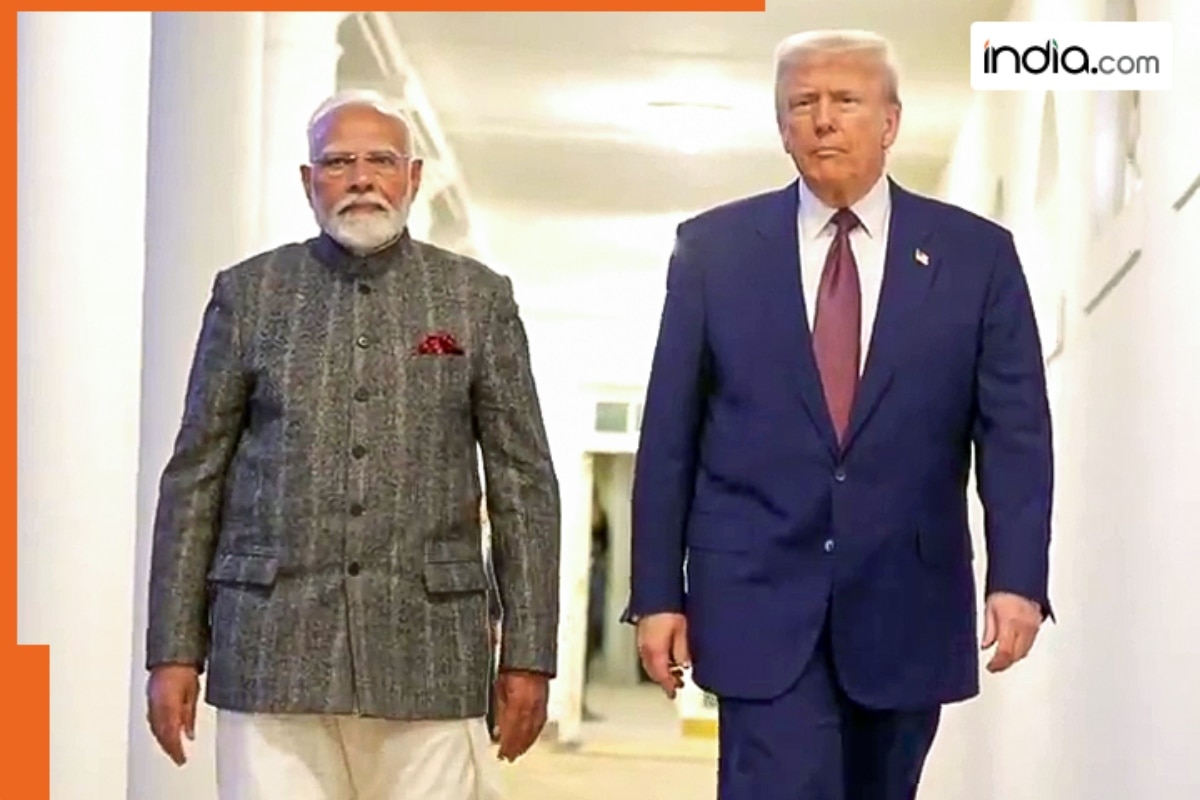Most relevant here, the Court has applied a preponderance standard in Title VII employment-discrimination cases. See Price Waterhouse, 490 U. S., at 253–254 (plurality opinion); id., at 260 (White, J., concurring in judgment); id., at 261 (O'Connor, J., concurring in judgment). . . . Third, this is not a case where the government otherwise seeks to take "unusual coercive action" against an individual. Price Waterhouse, 490 U. S., at 253 (plurality opinion). Cases under the Fair Labor Standards Act are more akin to the Title VII cases where the Court has held that a preponderance standard applies. If clear and convincing evidence is not required in Title VII cases, it is hard to see why it would be required in Fair Labor Standards Act cases.
Sometimes, the Constitution or Congress provides a particular standard of proof. See ante, at 4–5. If not, courts must find one. As in other contexts, they do so by examining the legal backdrop against which Congress has legislated. See, e.g., Dixon v. United States, 548 U. S. 1, 17 (2006); cf. Astoria Fed. Sav. & Loan Assn. v. Solimino, 501 U. S. 104, 108 (1991) ("Congress is understood to legislate against a background of common-law adjudicatory principles"). In civil cases, those background legal principles typically require proof by a preponderance of the evidence. See ante, at 4. Occasionally, though, the default "common-law rule" provides instead for a "heightened standard of proof." Microsoft Corp. v. i4i L. P., 564 U. S. 91, 116 (2011) (THOMAS, J., concurring in judgment). Either way, courts apply the default standard unless Congress alters it or the Constitution forbids it. See, e.g., Octane Fitness, LLC v. ICON Health & Fitness, Inc., 572 U. S. 545, 557–558 (2014). To do otherwise would be to "choose sides in a policy debate," ante, at 7, rather than to declare the law as our judicial duty requires. Our decision today is consistent with this understanding, and I am pleased to join it.





